Imagine yourself in an Indian smart city, where every home is connected to internet, gas, water and electricity via a smart grid. All citizens are linked to each other, and to civic facilities in real time. The Smart city project uses renewable energy, and its transport systems are controlled via central command centers to reduce traffic and pollution. In this Smart city, there are no offensive smells, no noise, no dust, no heaving crowds. It is a Futuristic smart city, the ideal Zero Carbon Footprint Concept city.
Smart City Project ‘DHOLERA’
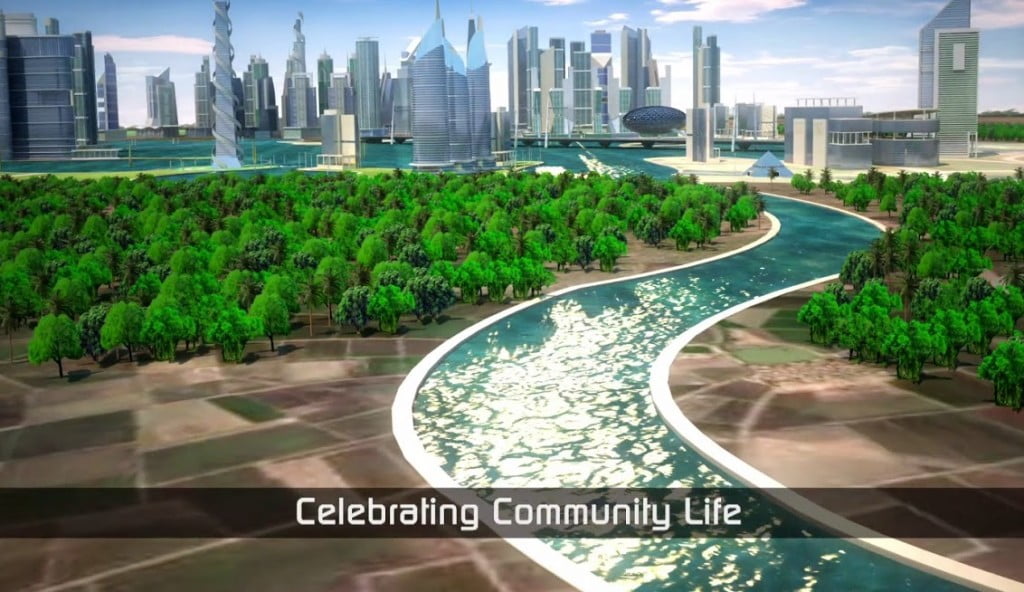
And it exists on paper. Its name is Dholera smart city, and it is a key part of what you might call India’s 21st-century utopian urban experiment. Economists argue that the country desperately needs new smart cities.
Because its urban population is expected to rise from 28% in 2001 to almost 36% in 2026, bringing the total number of people living in its cities and urban regions to 590 million.
To accommodate this growth, suggests a McKinsey report, India will need 20 to 30 new cities in the next decade alone. The state’s solution has been to push for 24 new “Smart Cities” along high-speed regional transport networks.
Dholera is one of these. At 903 sq km, it would be twice the size of Mumbai. It is planned in the “influence zone” of a mega-infrastructure project, the Delhi-Mumbai industrial corridor, which will link India’s political capital Delhi with its economic capital Mumbai, and therefore, so the thinking goes, spur economic growth in the region.
The Dholera that actually exists, however, is something else entirely. A casual visitor might see the small sign along the highway pointing in the direction of Dholera Smart City. But they might also, if they take the turn-off, be disappointed: for several months of the year, they will find a vast, low-lying area, mostly submerged under seawater.
Picture of Smart City Dholera:
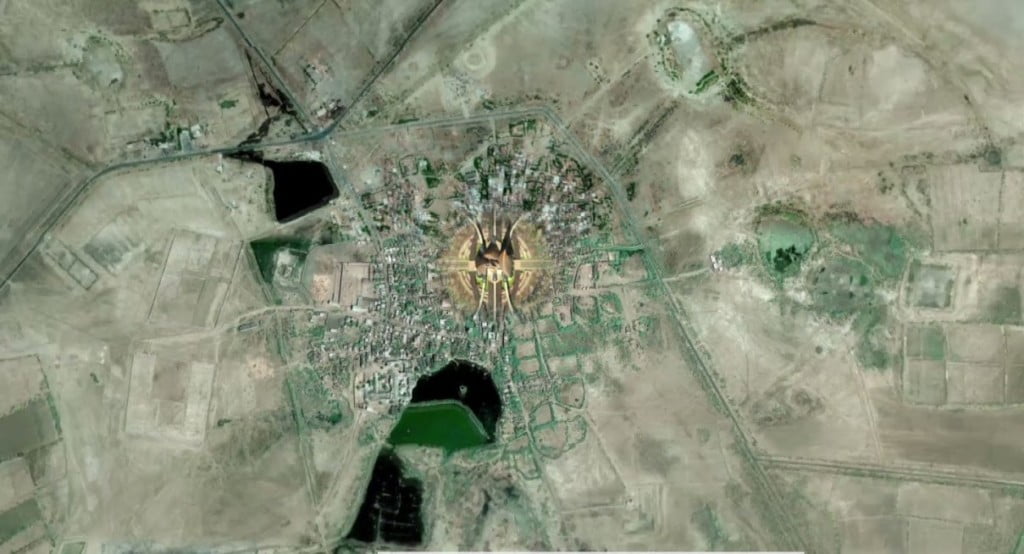
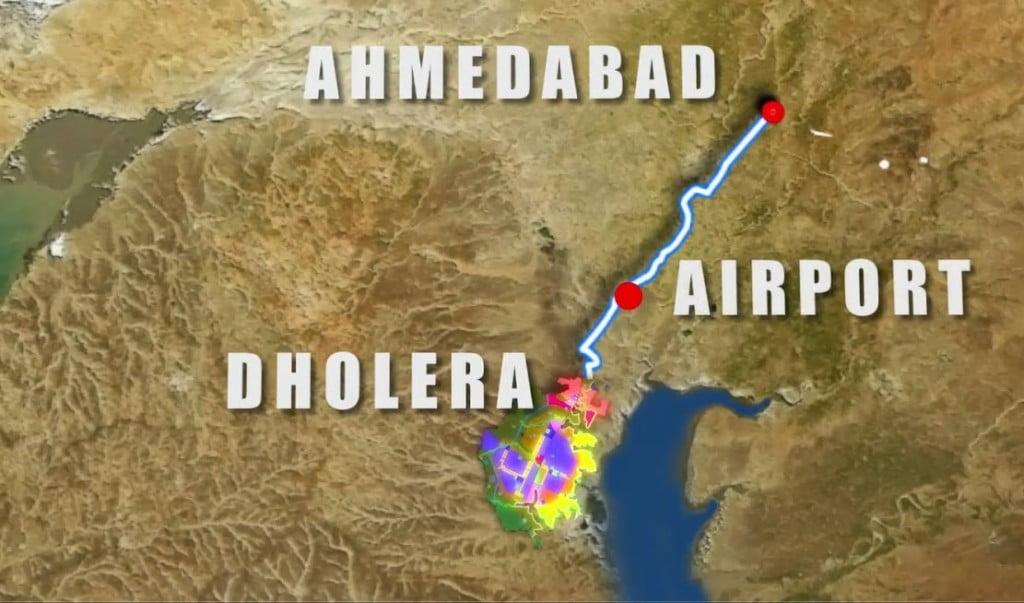
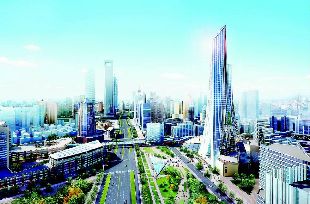
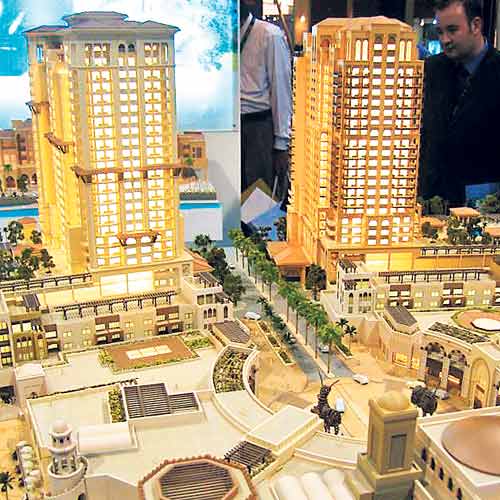
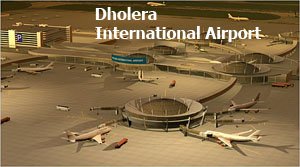
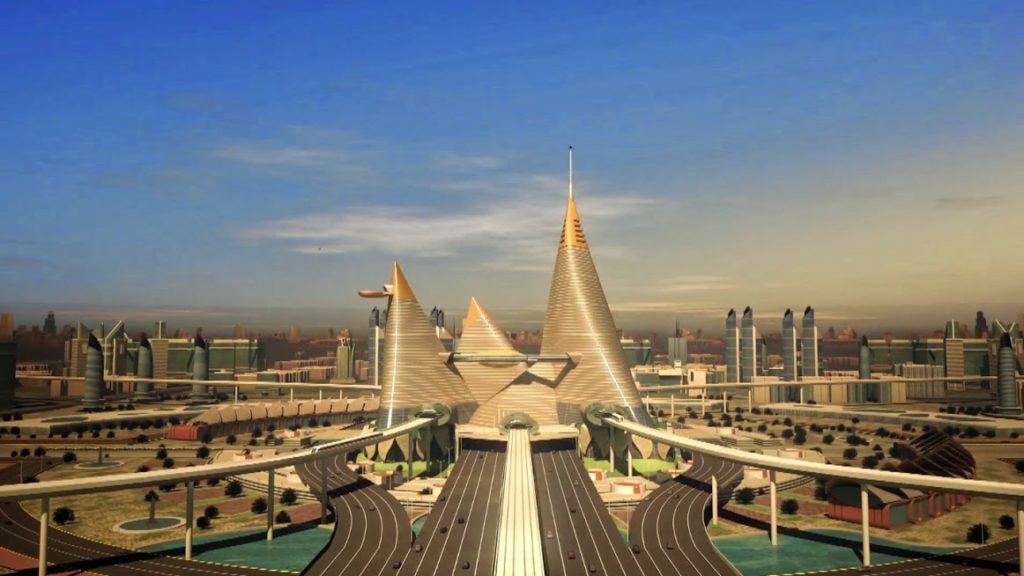
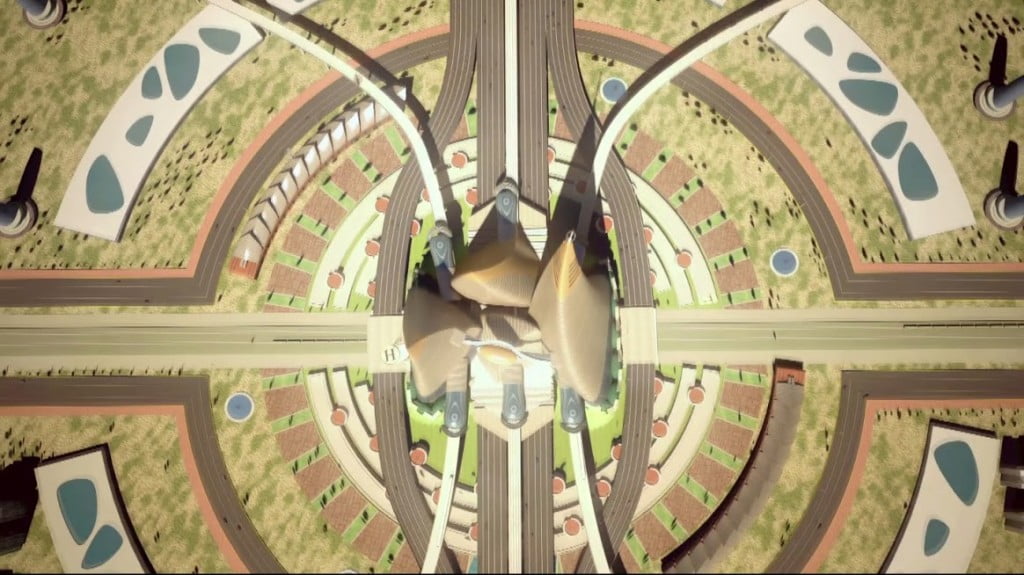
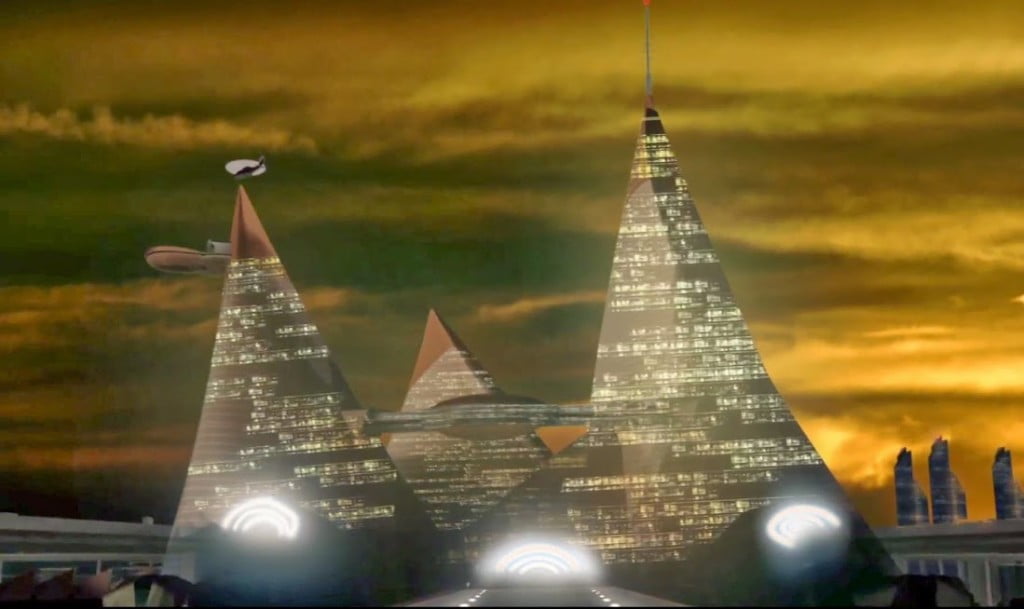
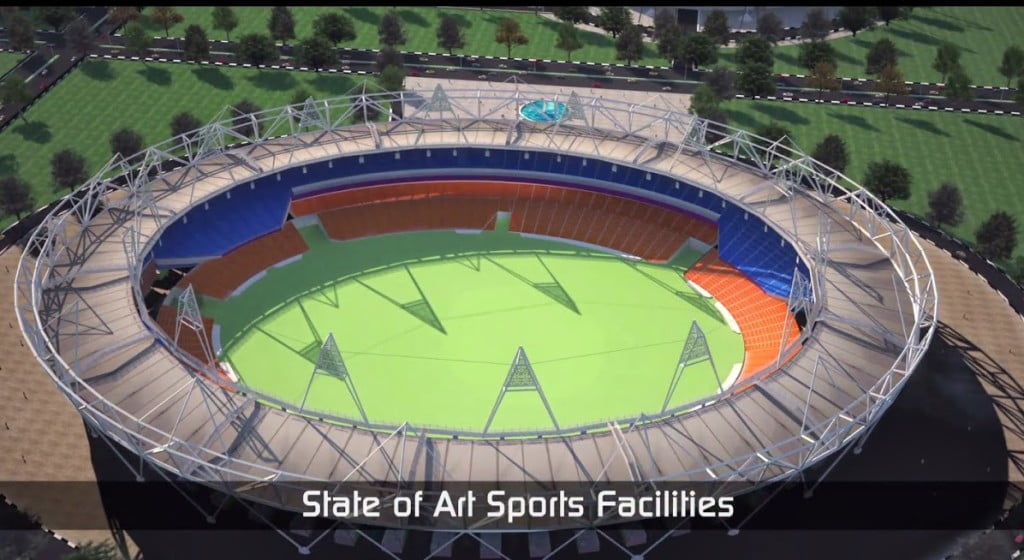
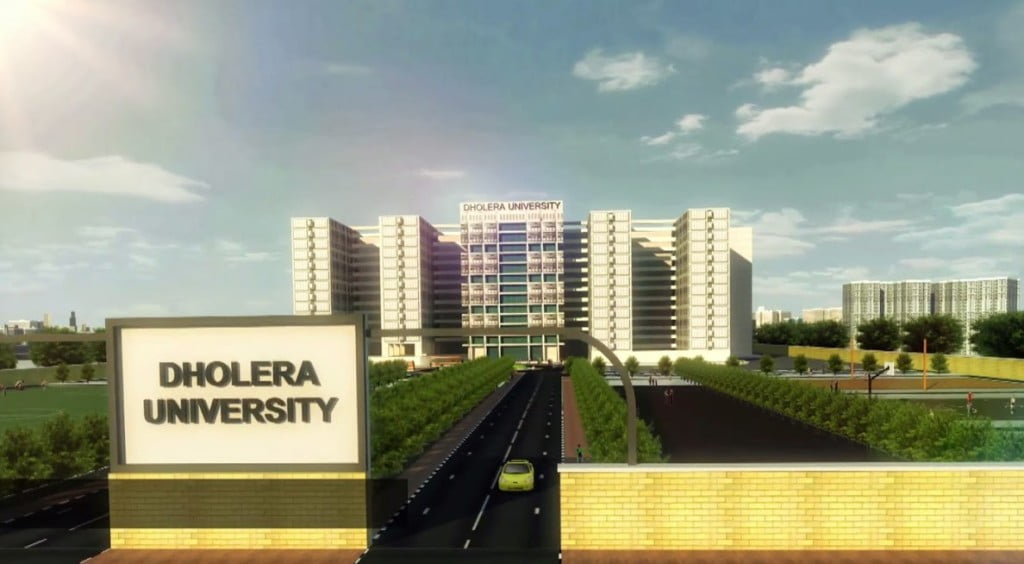
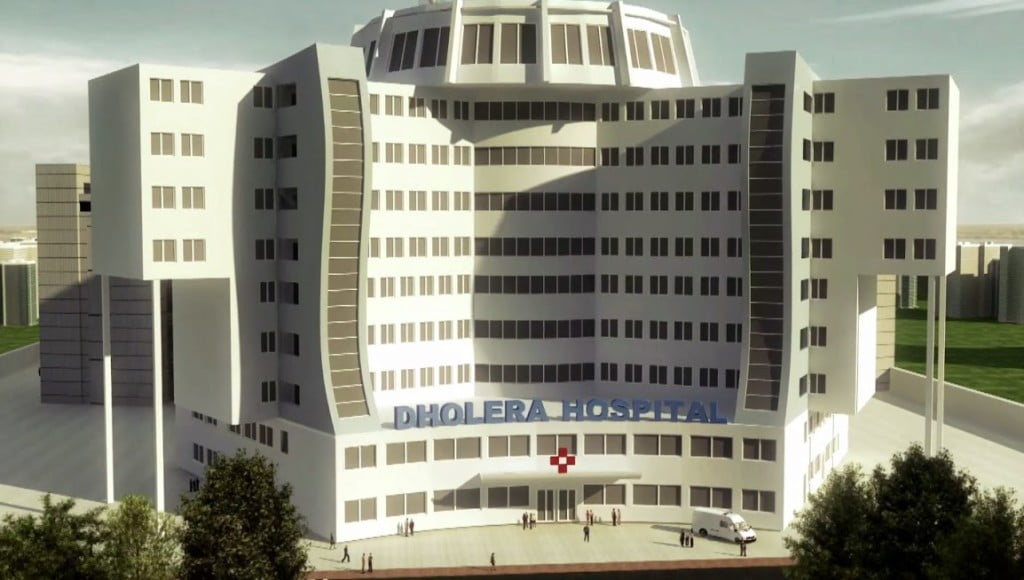
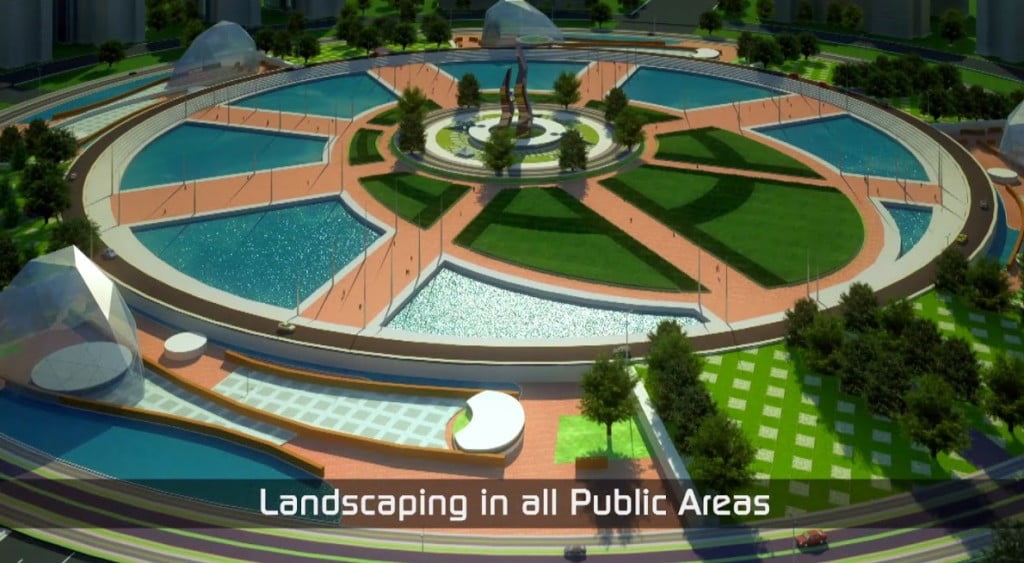
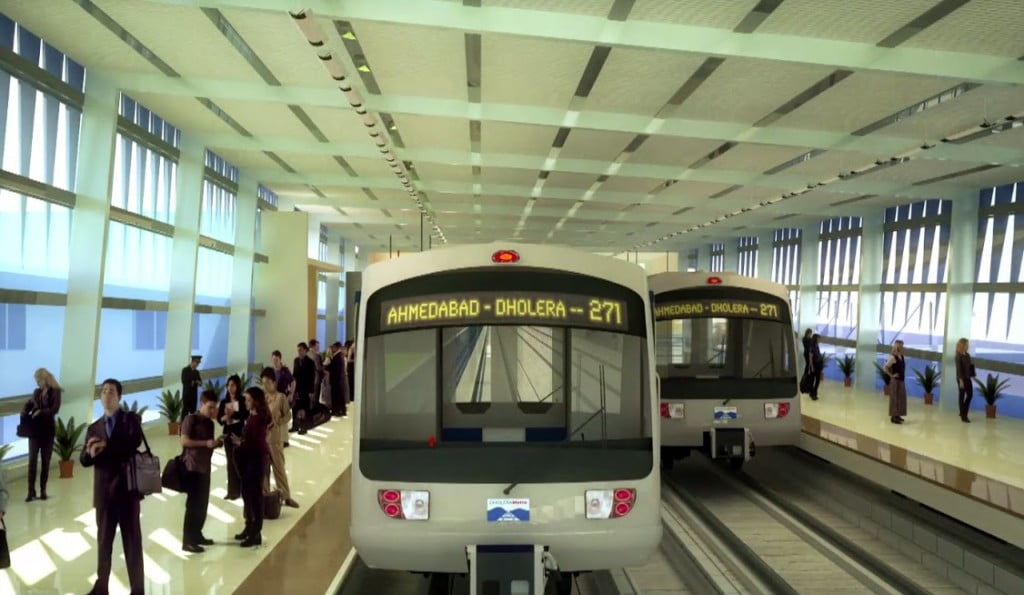
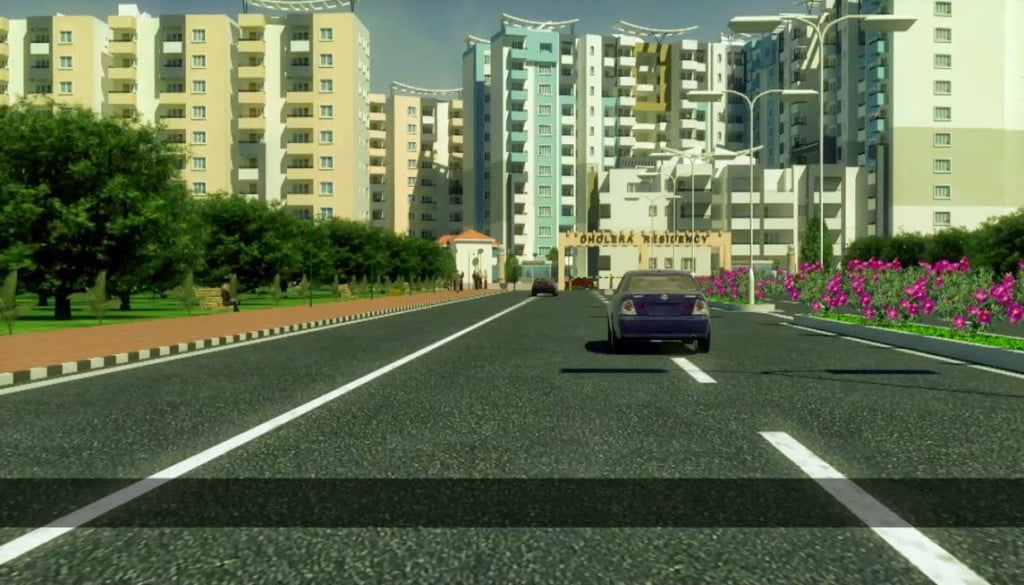
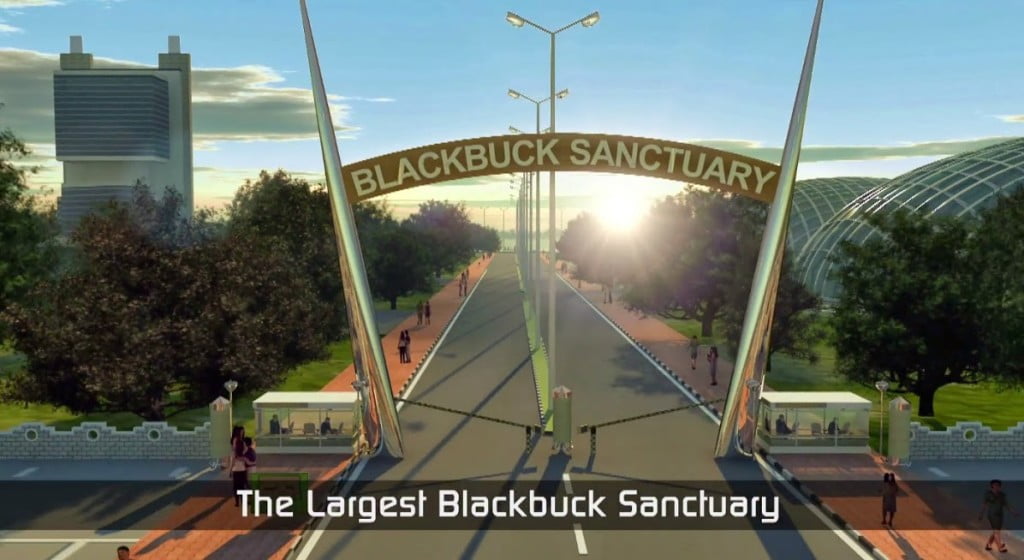
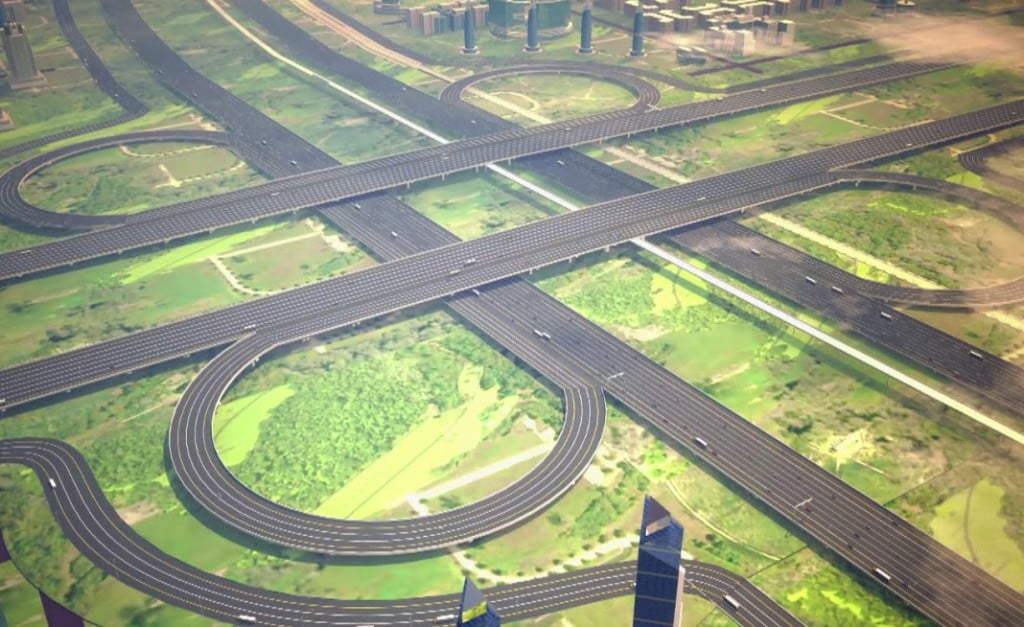

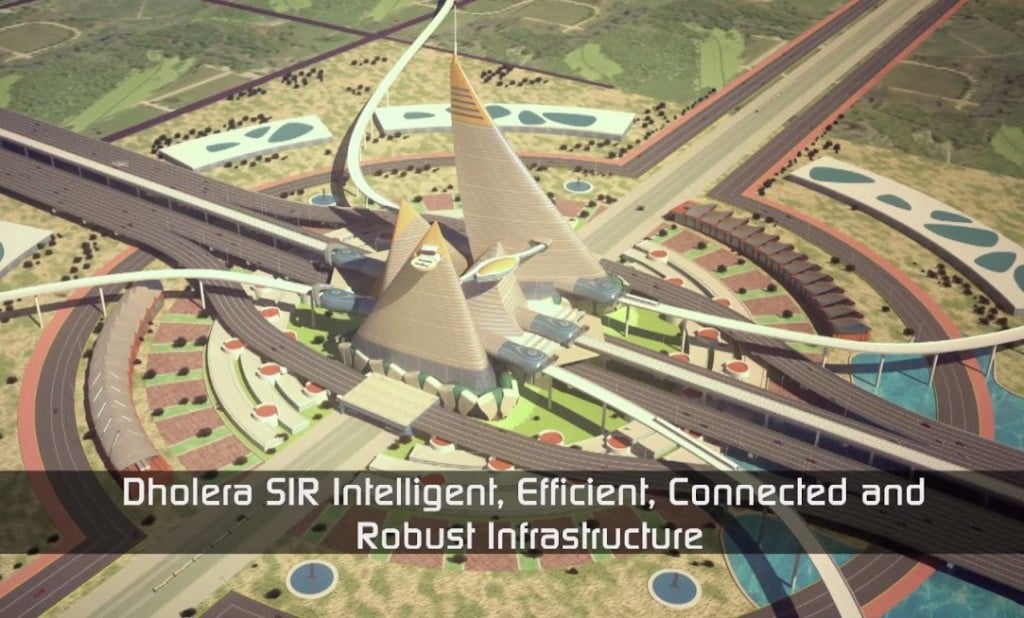
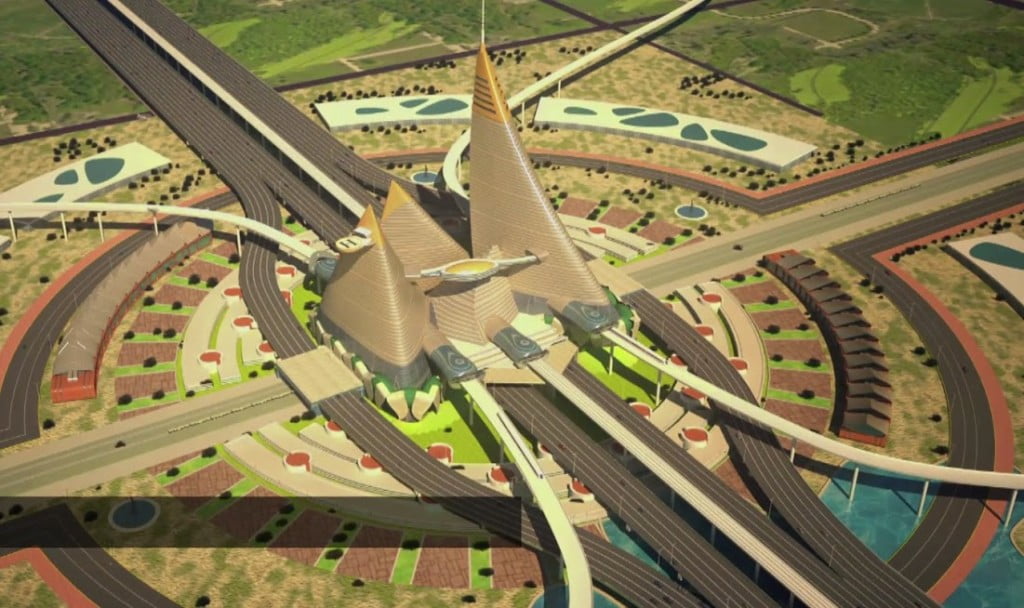
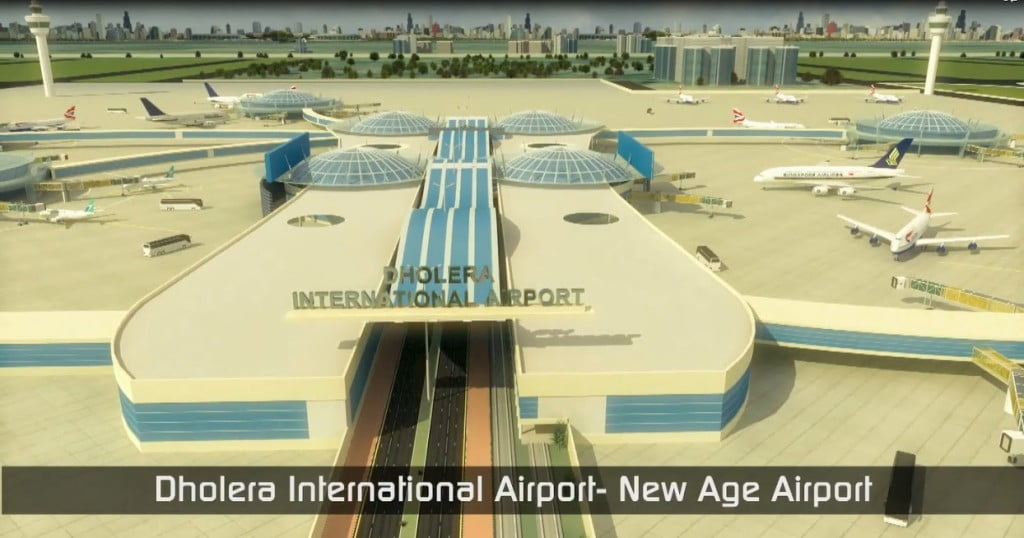
The rest of the year, they will see the classic cracked-earth look of salt flats. Dotting this landscape are farm buildings, village huts and small reservoirs storing rainwater that is used to irrigate fields of cumin, millet, wheat and cotton.
They will see a vast landscape with about 40,000 people living in an ecological region that loses 1cm of its coastline to the sea every day. They might then understand that Dholera is not yet a “place”: it is still a terrain of possibilities.
Yet these possibilities loom large in the future of Indian urbanization, which is expected to provide the country with its planned economic growth of 9%. Dholera was mentioned in the Indian finance minister’s budget speech in 2013 as one of the state’s key investments to induce growth along the Delhi-Mumbai corridor. And indeed, Dholera will play an important role in the Indian elections currently unfolding across the country.
Ref : Dolerametrocity







Leave a Comment
You must be logged in to post a comment.